
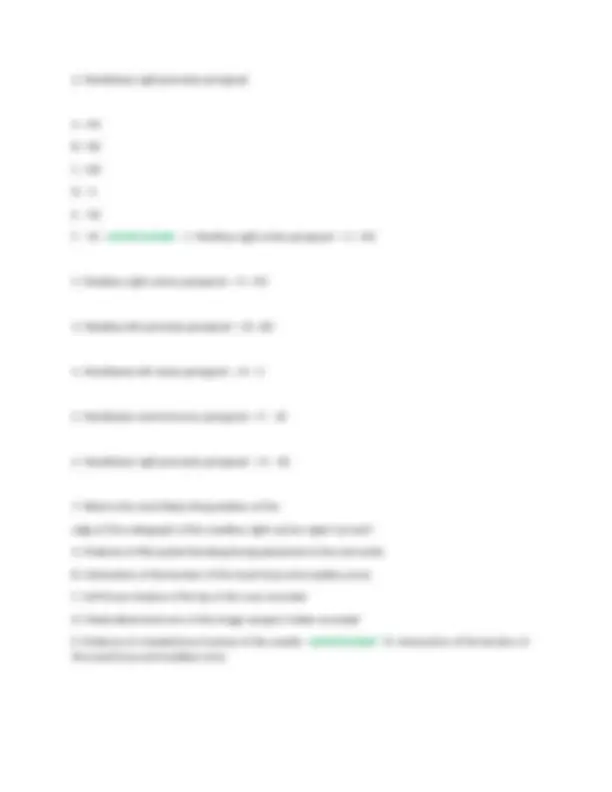
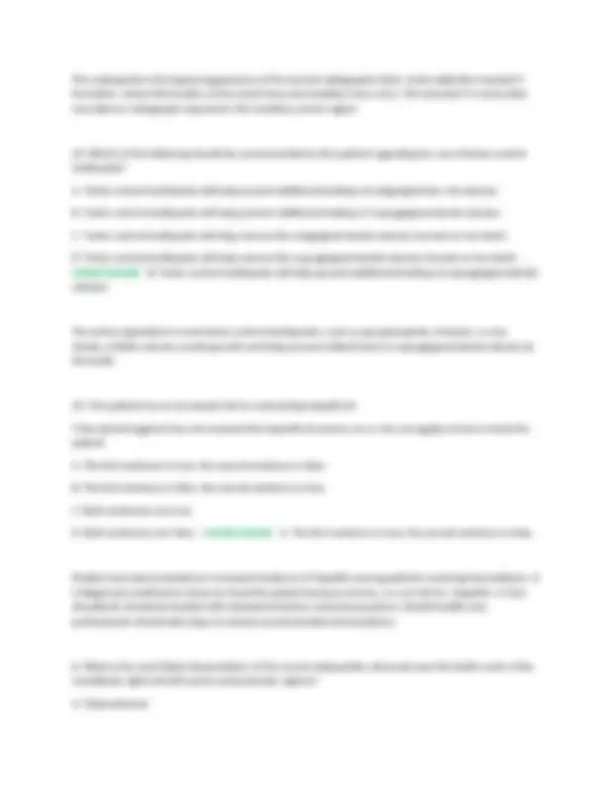
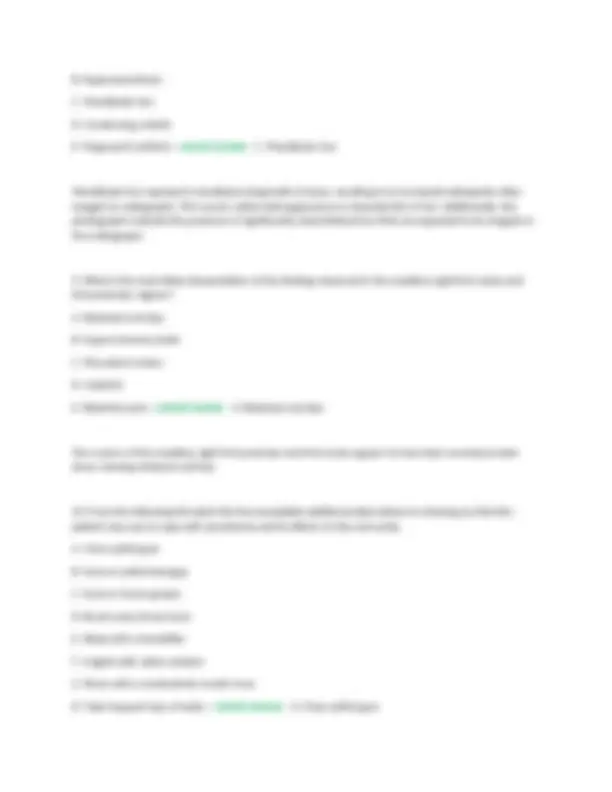
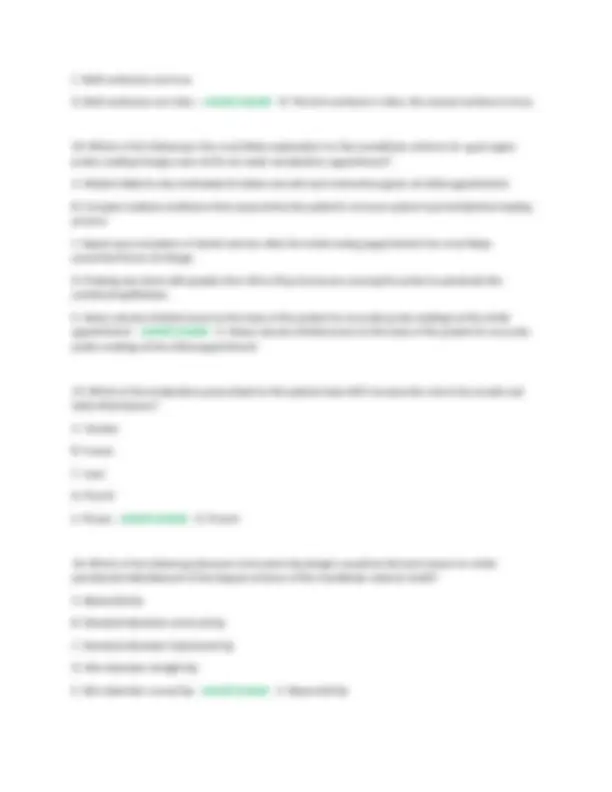
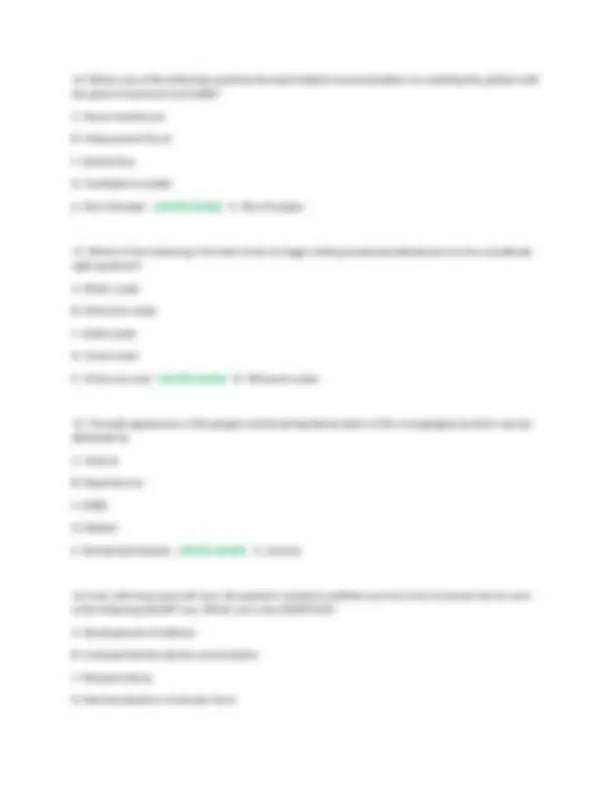



Study with the several resources on Docsity

Earn points by helping other students or get them with a premium plan


Prepare for your exams
Study with the several resources on Docsity

Earn points to download
Earn points by helping other students or get them with a premium plan
Community
Ask the community for help and clear up your study doubts
Discover the best universities in your country according to Docsity users
Free resources
Download our free guides on studying techniques, anxiety management strategies, and thesis advice from Docsity tutors
Eileen Olds - Final exam Comprehensive case
Typology: Exams
1 / 10

This page cannot be seen from the preview
Don't miss anything!







This radiopacity is the typical appearance of the normal radiographic land- mark called the inverted Y- formation, where the borders of the nasal fossa and maxillary sinus cross. The inverted Y is most often recorded on radiographs exposed in the maxillary canine region.
B. Hypercementosis C. Mandibular tori D. Condensing osteitis E. Fingerprint artifacts - correct answer C. Mandibular tori Mandibular tori represent a localized overgrowth of bone, resulting in an increased radiopacity often imaged on radiographs. This round, cotton-ball appearance is characteristic of tori. Additionally, the photographs indicate the presence of significantly sized bilateral tori that are expected to be imaged on the radiographs.
C. Both sentences are true. D. Both sentences are false. - correct answer B. The first sentence is false, the second sentence is true.
E. Increased gingival bleeding - correct answer C. Rampant decay